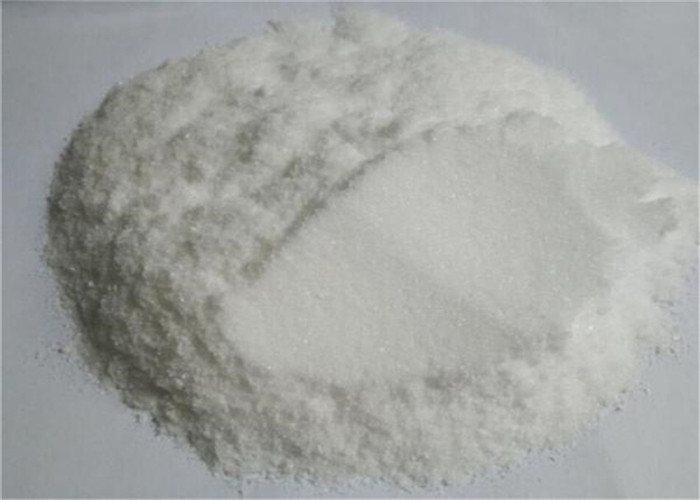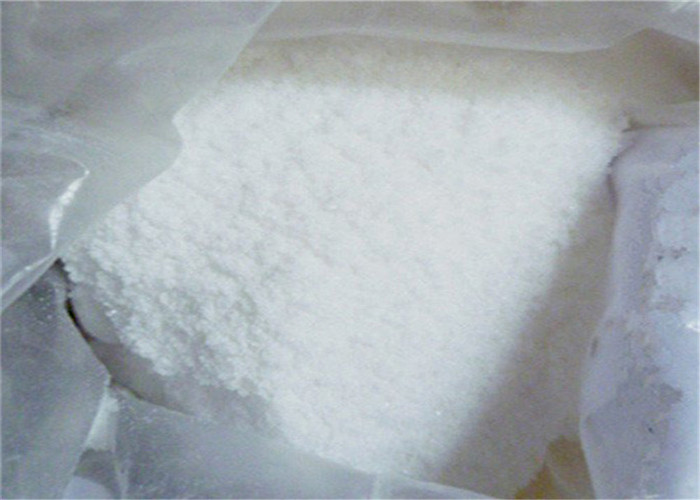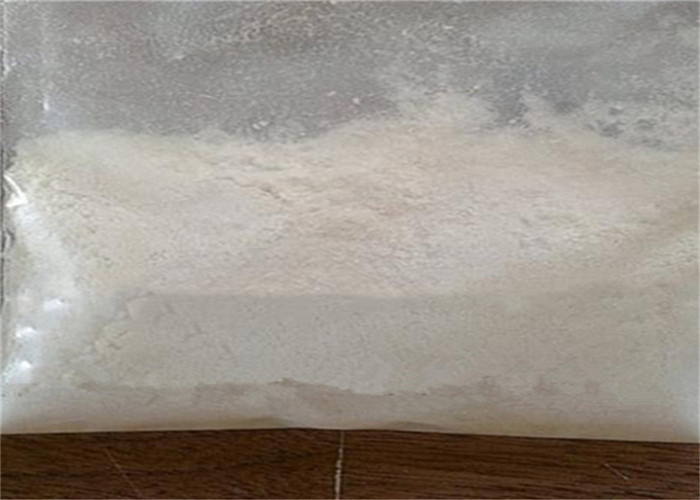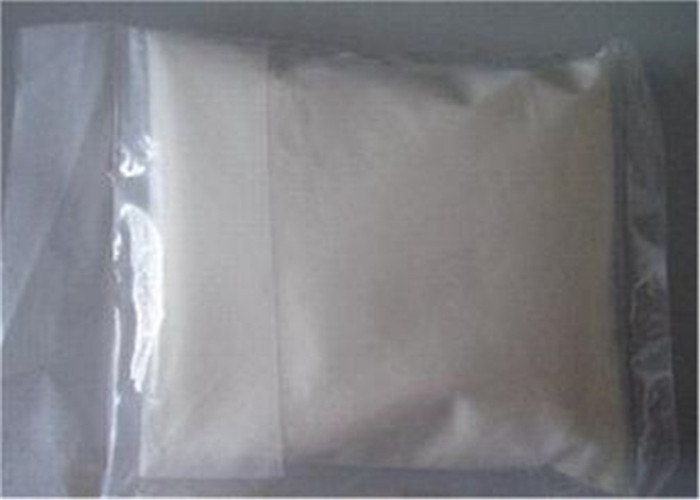Raw Materials Beta-Nicotinamide Mononucleotide
Quick detail
| Product name |
β-NMN, Beta-Nicotinamide Mononucleotide |
| β-NMN CAS: |
1094-61-7 |
| β-NMN Assay: |
99.5% |
| β-NMN MF: |
C11H15N2O8P |
| β-NMN MW: |
334.22 |
| β-NMN EINECS: |
214-136-5 |
| β-NMN storage |
temp. 2-8°C |
| β-NMN Chemical Properties: |
White powder. |
| β-NMN Payment: |
T/T, Western Union and Money Gram |
| β-NMN Delivery: |
Within 24hours After Your Payment |
| β-NMN Express: |
EMS, DHL, FedEx, etc(door-to-door) |
Beta-Nicotinamide Mononucleotide Application
The coenzyme NAD and its derivatives are involved in hundreds of metabolic redox reactions and are utilized in protein ADP-ribosylation, histone deacetylation, and in some Ca2+ signaling pathways. NMNAT (EC 2.7.7.1) is a central enzyme in NAD biosynthesis, catalyzing the condensation of nicotinamide mononucleotide (NMN) or nicotinic acid mononucleotide (NaMN) with the AMP moiety of ATP to form NAD or NaAD.
NMNAT1 is the most widely expressed of three orthologous genes with nicotinamide-nucleotide adenylyltransferase (NMNAT) activity. Genetically engineered mice lacking NMNAT1 die during early embryogenesis, indicating a critical role of this gene in organismal viability.[citation needed] In contrast, mice lacking NMNAT2, which is expressed predominantly in neural tissues, complete development but die shortly after birth. However, NMNAT1 is dispensable for cell viability, as homozygous deletion of this gene occurs in glioblastoma tumors and cell lines. NMNAT enzymatic activity is probably essential at the cellular level, as complete ablation of NMNAT activity in model organisms leads to cellular inviability.
Application
The coenzyme NAD and its derivatives are involved in hundreds of metabolic redox reactions and are utilized in protein ADP-ribosylation, histone deacetylation, and in some Ca2+ signaling pathways. NMNAT (EC 2.7.7.1) is a central enzyme in NAD biosynthesis, catalyzing the condensation of nicotinamide mononucleotide (NMN) or nicotinic acid mononucleotide (NaMN) with the AMP moiety of ATP to form NAD or NaAD.
NMNAT1 is the most widely expressed of three orthologous genes with nicotinamide-nucleotide adenylyltransferase (NMNAT) activity. Genetically engineered mice lacking NMNAT1 die during early embryogenesis, indicating a critical role of this gene in organismal viability.[citation needed] In contrast, mice lacking NMNAT2, which is expressed predominantly in neural tissues, complete development but die shortly after birth. However, NMNAT1 is dispensable for cell viability, as homozygous deletion of this gene occurs in glioblastoma tumors and cell lines. NMNAT enzymatic activity is probably essential at the cellular level, as complete ablation of NMNAT activity in model organisms leads to cellular inviability.













 Sales Manager
Sales Manager